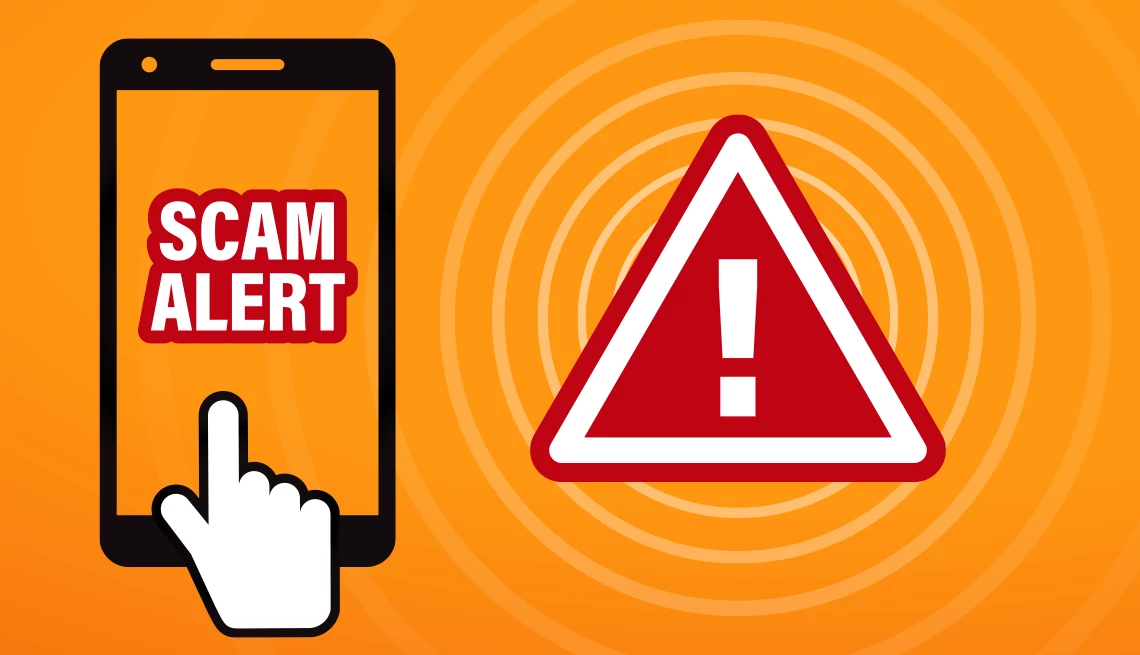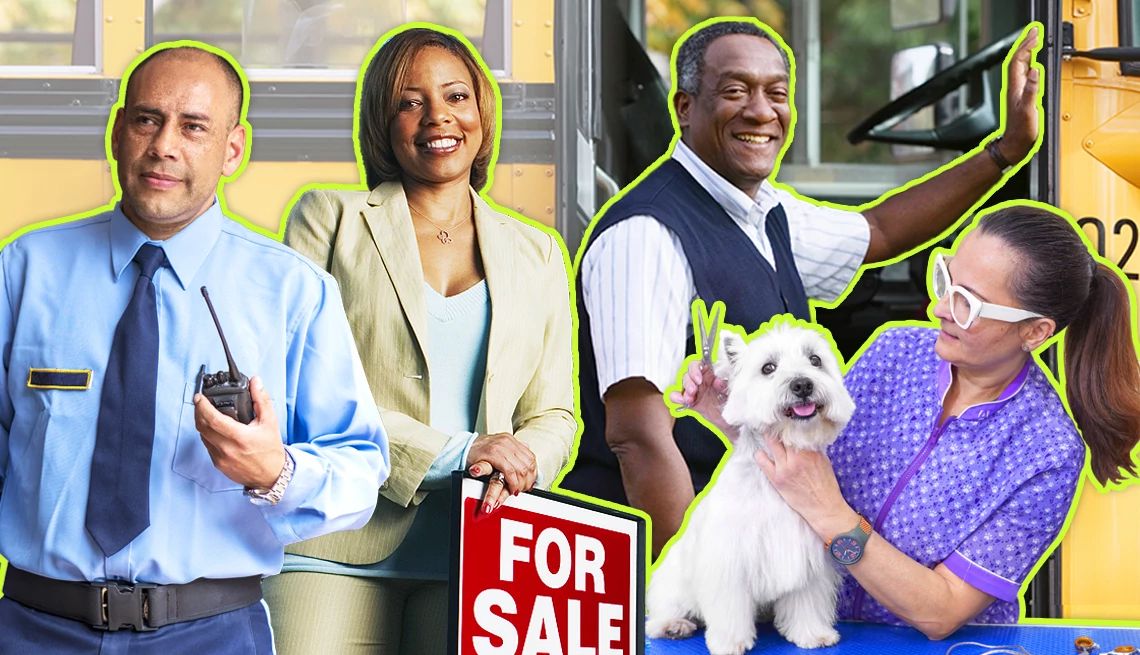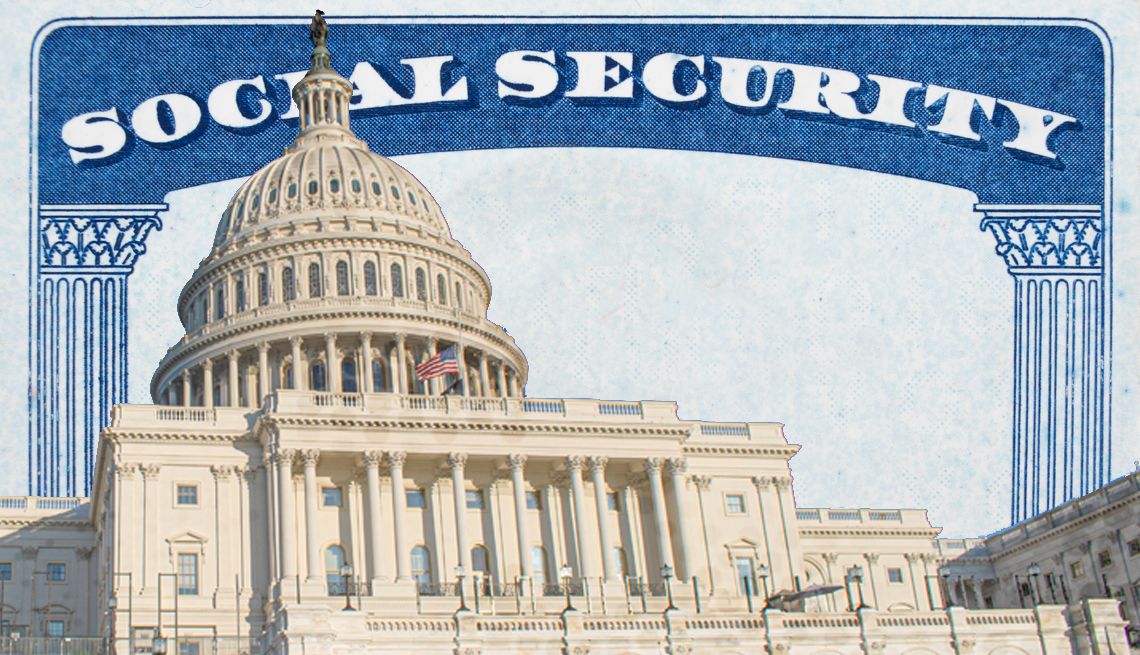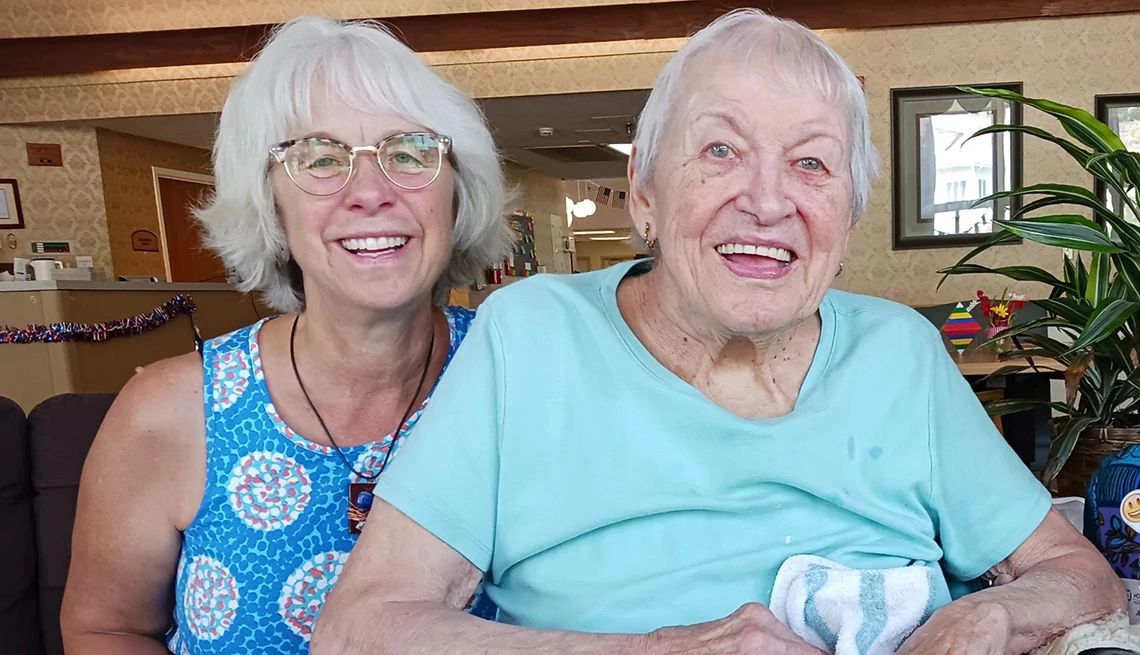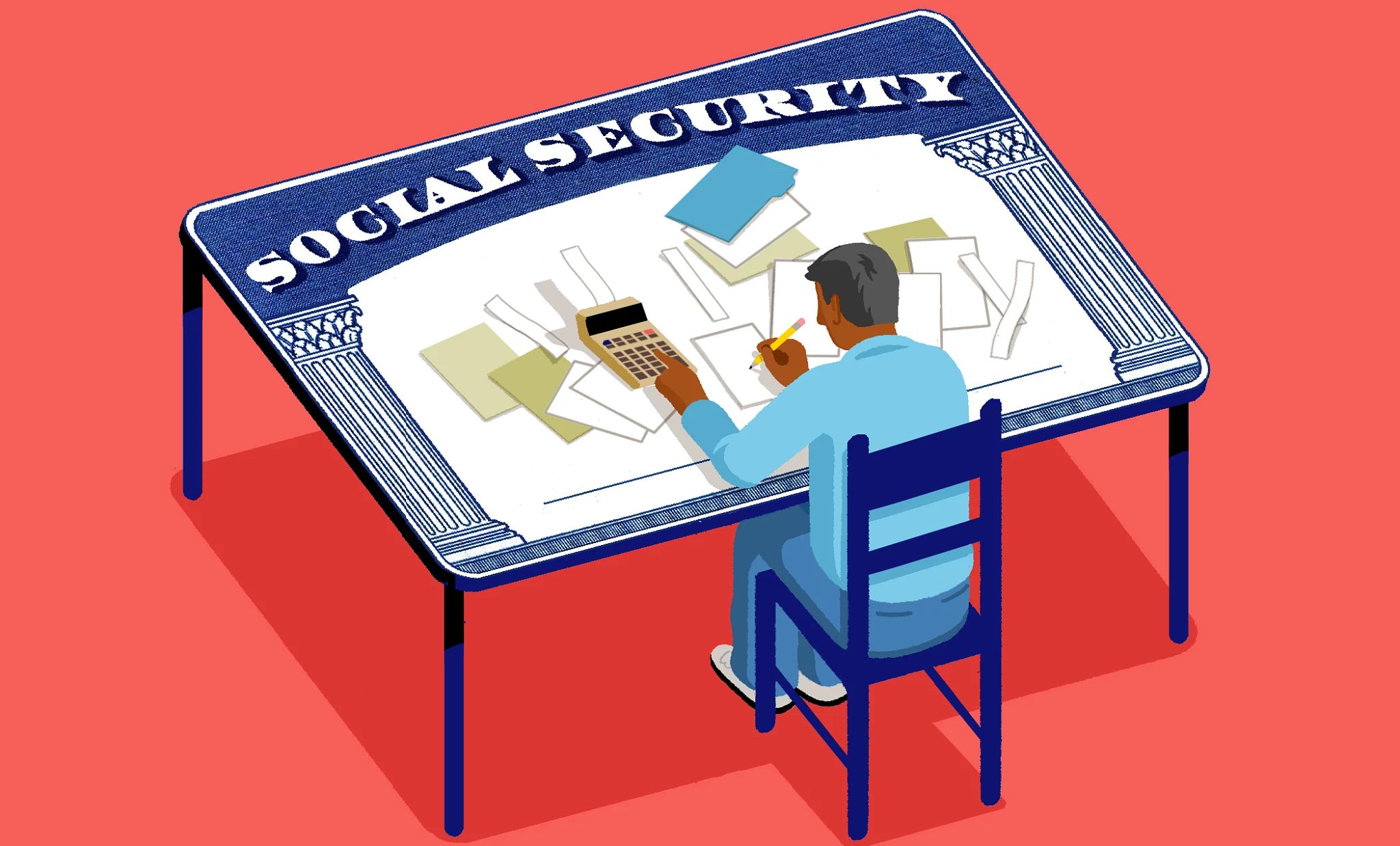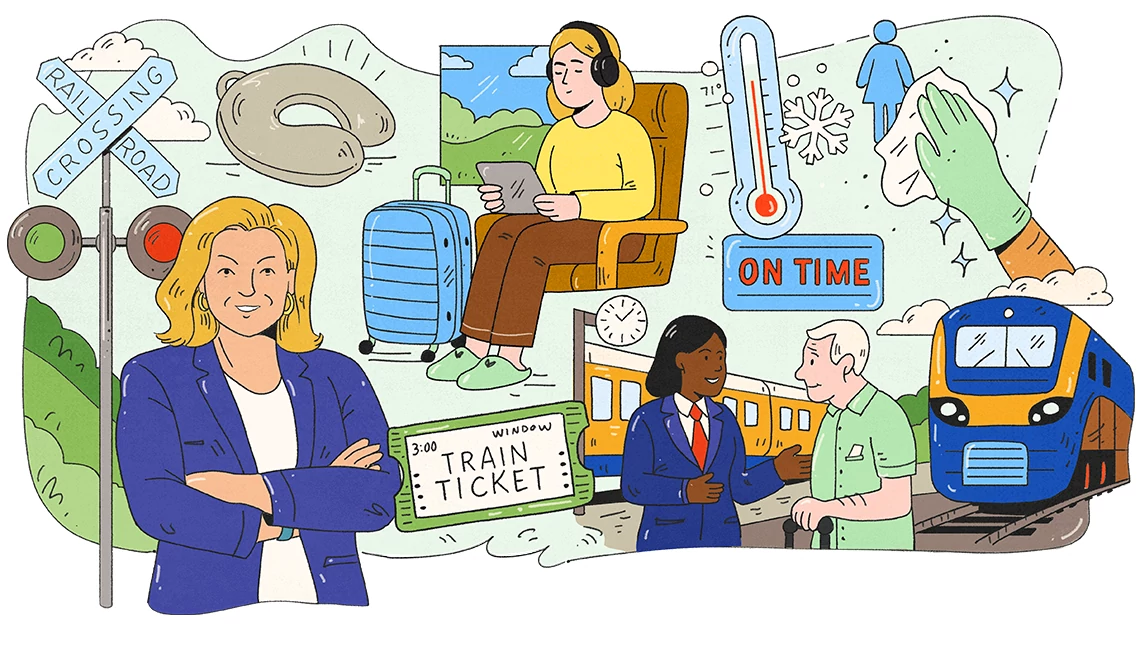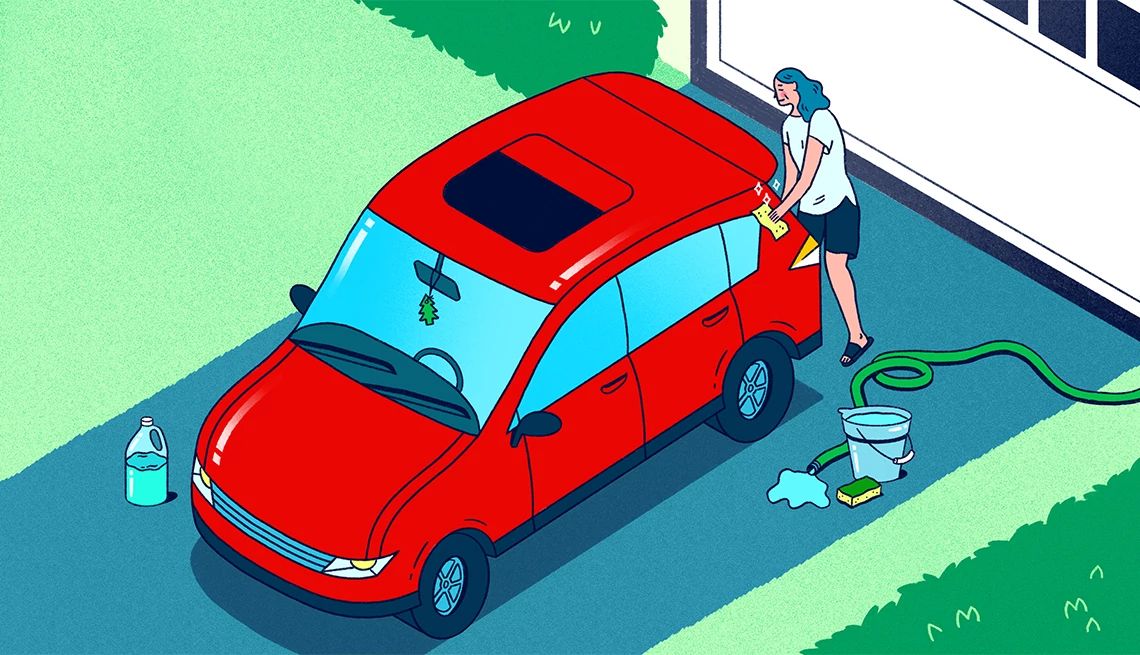AARP Hearing Center
Voter registration: Most U.S. citizens who live in Kansas and are at least 18 years old on Election Day can vote in Kansas’ elections. Registration is available online, by mail, or in person. Visit the state’s VoterView portal to check your registration status.
Advance voting by mail: All registered voters can request a no-excuse advance ballot by mail.
Advance voting in person: All registered voters can vote in person at county election offices or satellite voting locations before Election Day. Days and times vary by county.
Voting at the polls: Polls are open from at least 7 a.m. to 7 p.m. Exact hours may vary by county. Be sure to bring an approved photo ID.
Races we’re watching in 2025
The city of Wichita is holding elections for its city council in 2025, with seven candidates running in three districts. Additionally, Topeka will hold elections for mayor and for city council members in five districts. Kansas City will have various municipal positions and school board candidates running in the general election. Below are some key dates for the upcoming election, which will be Tuesday, Nov. 4.
Voter registration
- Tuesday, Oct. 14: Last day to register or update your registration for the Tuesday, Nov. 4, general election. Registrations must be received by 11:59 p.m. if done online at votekansas.gov, or by close of business with the county election office if it’s a paper application.
Voting in person
- Wednesday, Oct. 15: Advance voting begins in some districts. Check with your county election office for specific times and locations.
- Tuesday, Oct. 28: In-person advance voting must begin, statewide.
- Tuesday, Nov. 4: General election. Polls must be open from at least 7 a.m. to 7 p.m., local time.
Voting by mail
- Wednesday, Oct. 15: Advance ballots for those who requested them start getting sent to voters for the general election.
- Tuesday, Oct. 28: Deadline for requesting an advance ballot for the general election. Kansas’ secretary of state does not have an online system for applying for an advance ballot. If delivering the application in person, it must be received by close of business. If it’s sent via mail, it must be received by the last delivery that day.
- Tuesday, Nov. 4: All advance ballots by mail must be postmarked by Nov. 4 and received at their local election office by Friday, Nov. 7.

Voters cast their ballots at Heritage Hall in Topeka Michael B. Thomas/Getty Images
How to register to vote
Voter registration closes 21 days before Election Day, and an application must be postmarked on or before the deadline. You can register:
- Online: Visit the state’s election website and fill out the online voter registration application. You’ll need a valid Kansas driver’s license or state ID card. Fill out the form online, print it out and submit as instructed.
- By mail: Print and complete an application form, or contact your county election office and ask to receive an application by mail. Include your driver’s license number or state ID number, or the last four digits of your Social Security number. Mail completed forms to your county elections office, listed at the bottom of the form.
- In person: Register to vote or drop off an application at your local election office.
Registering to vote on Election Day
Kansas law does not permit voter registration on Election Day.
Check your voter registration status
You can check your voter registration status using the state’s VoterView website.
How to vote in Kansas’ primaries
Kansas’ municipal elections are open and non-partisan, meaning voters do not need to be registered with a particular political party to vote in the primaries. State-level, congressional and presidential primaries are closed partisan elections, meaning voters can only vote in the primary for the party with which they are affiliated. Unaffiliated voters can declare an affiliation on the day of a closed primary election and vote in that party’s primary.
How to request an advance ballot
Any registered voter can request an advance ballot if they would prefer to vote by mail. The secretary of state’s website has advance voting instructions online. You can request an advance ballot:
- Online: Complete an advance ballot application and attach it as a .pdf or .jpg in an email to your county election office. Note that this email option is only for requesting an advance ballot. You cannot vote with a completed ballot via email.
- By mail: Print an advance ballot application and mail your completed application to the secretary of state’s office, along with your driver’s license number or ID card number, or a copy of your photo ID.
- In person: Visit your county election office.
Voters may call their county election office or go online to myvoteinfo.voteks.org to check the status of their advance ballot application.
Returning an advance ballot
Voters can return advance ballots:
- By mail: Completed ballots may be returned by mail, including by the U.S. Postal Service, FedEx, UPS or other mail carrier. Ballots must be postmarked on or before Election Day.
- In person: Take your completed ballot to your county election office. Mail ballots can also be returned to any advance in-person voting location during voting hours.
- Via drop box: Some jurisdictions offer secure ballot drop boxes. Contact your county election office for details.
Ballots must be delivered or postmarked by 7 p.m. on Election Day. Mailed postmarked ballots must arrive at the election office by close of business on the third business day following the election.
Voters can track the status of their advance mail-in ballots online at myvoteinfo.voteks.org.
Voting in person before Election Day
Voters may vote in person at their county election office or a satellite voting location ahead of Election Day. All counties must offer in-person advance voting starting no later than one week before Election Day and ending no later than noon the day before Election Day. Counties can, however, offer in-person advance voting for up to 20 days before Election Day if they choose.
Contact your county election office to confirm advance in-person voting dates, hours and locations. The secretary of state’s office will also provide this information the month prior to an election.
Voting at the polls on Election Day
Polling places must be open by 7 a.m. and remain open until at least 7 p.m. on Election Day. Counties may open polling locations as early as 6 a.m. and close as late as 8 p.m. Check with your county election office for details. All voters who are in line when polls close will be permitted to vote.
Find your polling place through the state’s VoterView site.
Check the website of your county election office for sample ballots.
Voter ID requirements on Election Day
Bring an approved photo ID when casting a ballot in person. Acceptable forms of ID include a driver’s license or state ID card, U.S. passport, tribal ID or concealed carry license. A complete list of acceptable IDs can be found on the state elections website. Voters 65 or older may use an expired photo ID.
If you don’t have a valid ID, you’ll receive a provisional ballot, which will be set aside and counted once you submit photographic identification to your county.
Voting with a disability
Each polling place will have at least one voting machine with features to help voters with disabilities vote independently. Voters with disabilities may request assistance from a friend, family member or companion, or seek assistance from a worker at a polling location.
Permanent advance-voting applications are available for people who have trouble voting in person due to permanent illness or disability. These voters can then automatically receive advance ballots by mail for future elections. All polling places accommodate curbside voting. You may send someone to alert poll workers or follow curbside voting instructions displayed in the parking area to participate.
Voting from a nursing home or long-term care facility
Individuals living in a nursing home or long-term care facility have the option of voting via an advance ballot by mail and may pursue permanent status to get advance ballots by mail for all future elections. State law allows county election officials to arrange to administer ballots to facility residents.
Editor’s note: This guide was first published on Jan. 31, 2024. It has been updated with new information about upcoming 2025 elections.
Also of interest
- Follow AARP's political coverage
- Keep up with local events and AARP advocacy efforts
- Find out how AARP is fighting for you








